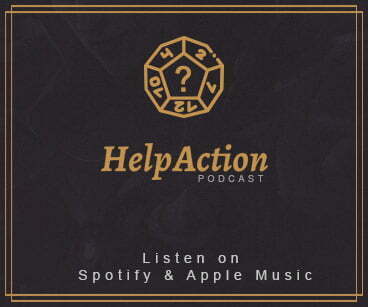So, maps are one of my favorite things. Not only for gaming, but when traveling, I’m all about the map. Probably because before smartphones, I had to find my way around Amsterdam, Paris and London with a folded up map hanging out of my back pocket. It was hard not to look like a tourist back in those days. I also grew up with the huge map of Greyhawk hanging in the hallway outside my room that my older brother put up. Love those old school Hex style maps!
RPG maps are one of my favorite parts of gaming, from table top to video games. It’s a vital piece of the experience, in my opinion. “You are here” is helpful to the imagination, as it really puts you behind your character’s eyes, adding to the strategy of a quest, or the intensity of a dungeon crawl. Now that a lot of gaming has moved online due to social distancing, a good map on Roll20 or FantasyGrounds is indispensable for GM’s to communicate where the players are, where they need to go, and what they will encounter geographically and architecturally on their journey.
And yes, there are tons of beautiful home made maps on the net just a search away or bundles from Patreon subs to take advantage of. But if you want to make your own map, and don’t have any Photoshop skills, the following reviews are for my recommended map maker and map generator programs. Enjoy, and don’t forget to roll dice, get drunk, and have fun. Orcs! Orcs! Orcs!!!
-All the programs reviewed for this article work on both Mac’s and PC’s-
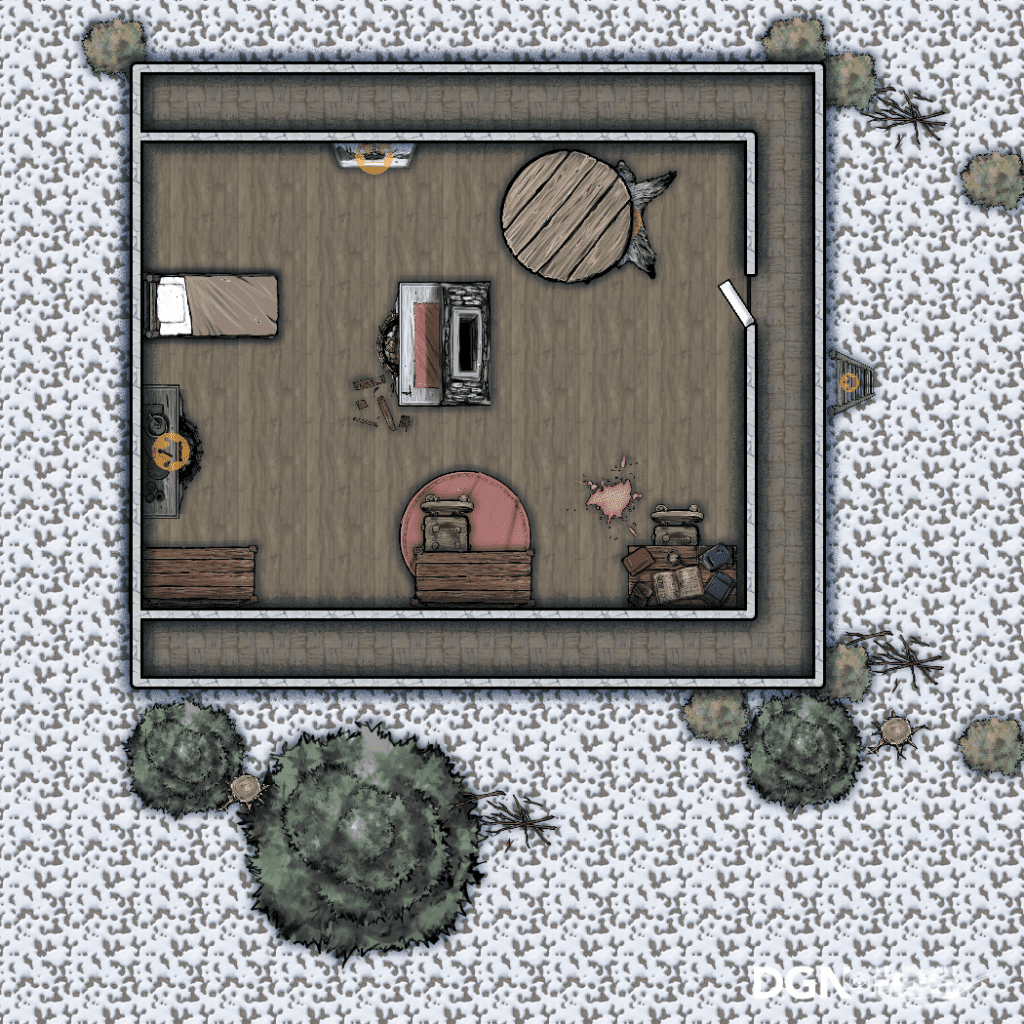
Table of Contents
Dungen Fog (DGN FOG)
Pros:
- Free trial as well as paid assets.
- Nice layering function.
- Direct overhead view, but does have nice shadowing options
- Has tiles and decor for Cyberpunk, fantasy, far east, flavour, modern, sci-fi, terrain, victorian and more.
Cons:
- Free is very, very limited
- The flavour tokens are pretty diverse, but behind the paywall
- includes a campaign folder as well as a GM note page with your maps, though I wouldn’t use it to run a whole campaign.
Price:
- Free limited demo
- Under $7 for a month of premium access, and monthly subscription is $4.90, and a yearly is $49.90.
I was new to DungeonFog before I started putting this list together, but I am so happy I discovered it. The UI is a lot like other programs, which makes this platform easy to adapt to. I like how much versatility it has, even with the limited demo version I used to make a few maps on the fly for Roll20, I was happy. DungeonFog is server based, so it’ll get your computer fan going, but won’t take up memory. Once you take the time to search through the cool tokens and play with the wall options a bit, it’s a pretty great dungeon building program. Funny thing is, I used it for an outdoor encounter map as well, and it worked great! There are some uniquely designed tokens that really brought the map to life for my players.
Check out this awesome tool here!
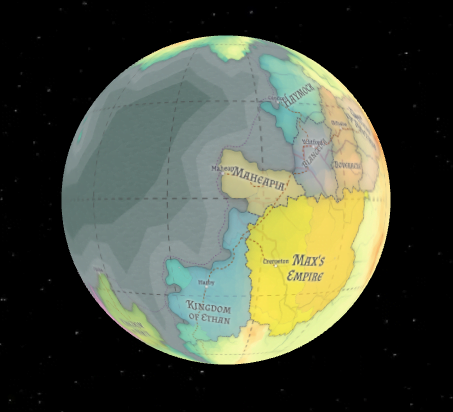
Azgaar’s Fantasy Map Generator
Pros:
- This is a global map generator, with a lot of subtle adjustments you can enact.
- Very cool “Globe View” and “3D view” options.
- There is a range of overall styles you can choose from, ranging from colorful to “ancient,” which vibes more for a fantasy genre of mapping.
- The font, size, and angles are all changeable for labels. Also has 20+ font options.
Cons:
- Very complex.
- Almost too much detail, as far as region names, routes, religions, and cultures are concerned for me. But if that’s what you are looking for, then this is great.
- Geography is not as customizable after generation as I would have liked.
Price:
- Totally free, with a Patreon option to kick them some bucks, and a discord and reddit chat option.

Did you get psyched after reading Ethan’s “So You Want To Make A Campaign Setting?” article on this site, too?! Well, here is a good place to start on your world map! Though you can’t move it around or adjust the geography, you can adjust the roads, rivers, and states, among other things. With all these custom labels and names, you are free to input those rad fantasy names you have been thinking about. (pro tip on that, use font names or your favorite medication names. Acyclovir, anyone?) Also, I did like the weather options, which allow you to make anything from a frozen planet to a burnt hell scape globe. And don’t forget to check out the 3d view options as well as the globe options!
Start generating your world maps here!
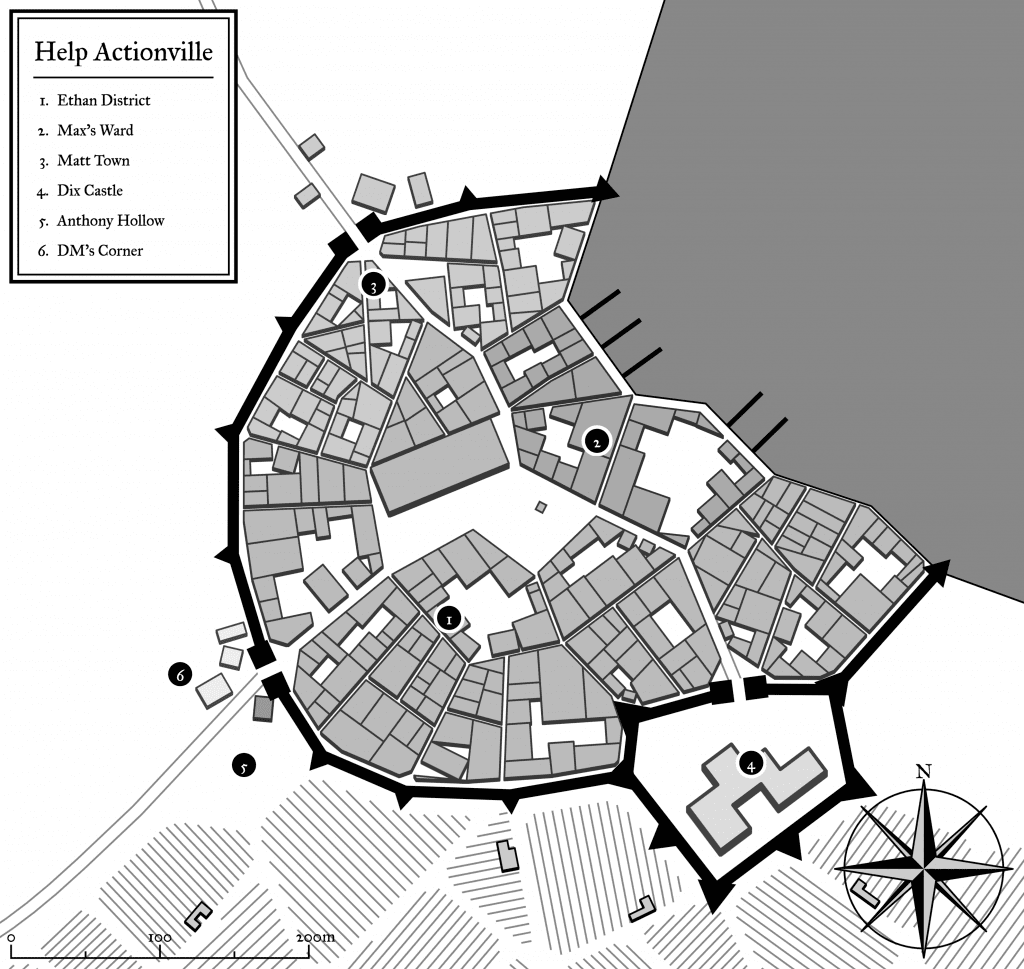
Medieval Fantasy City Generator
Pros:
- Simple, overhead city map.
- Some useful customization options after generating the map.
- Provides some cool palette options, such as night vision, blue print, or classic black and white.
- Super useful as a hand out to your players, as they can add their own notes as they work their way through your city.
Cons:
- Not as many area label options as I’d like.
- Some of the custom toggles don’t do all that much.
- Limited to a town or city with a river, with not much detail at all as far as buildings and other structures are concerned.
Price:
- Web-based, so it won’t take up space on your hard drive
- Completely free, with a Patreon and Discord community.
For an overhead look at your city or town, this works great. I have used this for player handouts a few times, and it really facilitates the players plans, schemes, infiltration, and other strategy options. There are a few toggles, such as plaza on/off, shanty towns on/off, etc. Some of these are more effective than others, for sure. The labeling of sections is found in the options bar, and is a bit limited. You can’t “add” more labels than what you are given, but you can edit their names. Now, the warp option is pretty fun and useful as well. It finds certain nodes in the drawing, and you can move them in or out, up or down, or any direction. This is how you can change the footprint of the walls of your town, as well as any coastline, road, etc. It won’t let you get too crazy, but it’s pretty malleable. All the toggles in the options menu are on/off, meaning that if you want to add more roads, it will generate you a new map. Don’t freak out, just toggle it off and your map will come back. It’s a good idea when you start to go through all the layout options to find something you like, then start editing it and warping it. Also, what I have done in the past is get something I like, download it, then add more labels, roads, etc in photoshop. A final cool thing is that you can turn on the “legend” option, which numbers your sections, removing the area titles from the actual map, leaving just the corresponding number next to the section title in the legend. This makes for a much less cluttered map experience.
Click here to bring your fantasy cities to life!
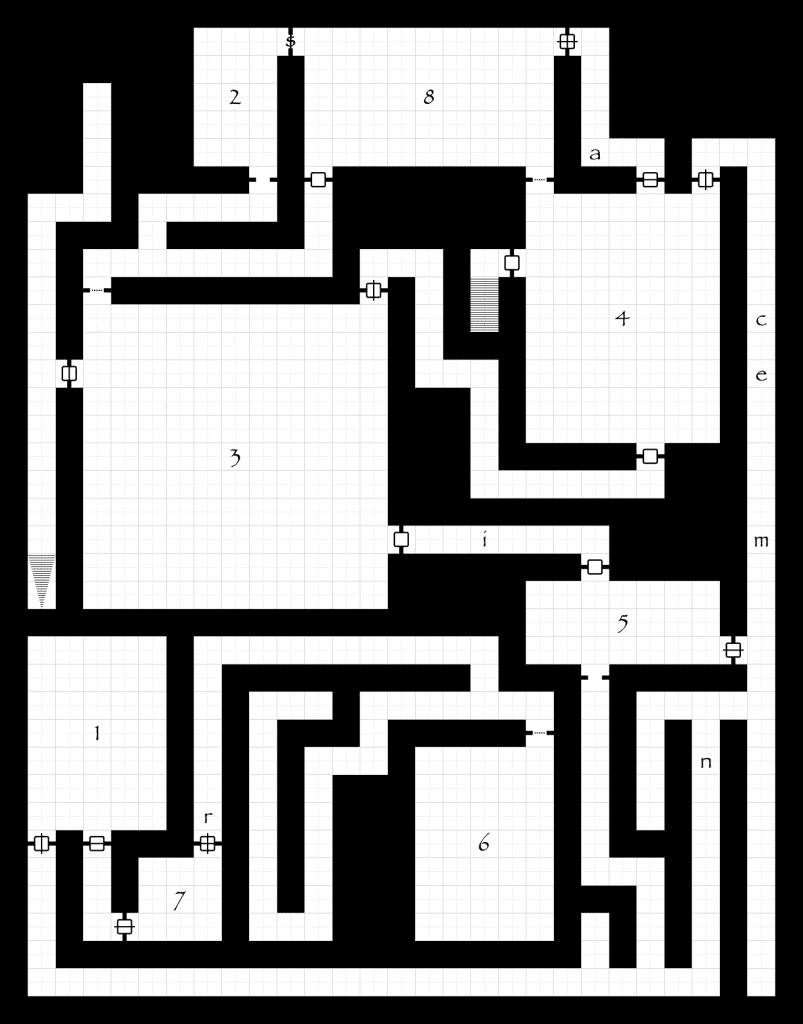
Donjon RPG Tool
Pros:
- Donjon has been doing great things with RPG generators for a long time. Super impressed with their work.
- Generates classic D&D maps, which have some perfect customization options included.
- Includes an adventure, with monsters, traps and room descriptions for every map you generate.
- Very easy to use with Roll20
Cons:
- No actual map shape customization. Every map is generated off your filter options.
- Very basic maps. You won’t find waterfalls, pits in hell, or cloud cities here.
Price:
- Free, but kick them some cash for the great work they have been doing over the years. We love you Donjon!!
- Web-based, so it won’t take up room on your hard drive
Donjon, as an RPG tool, has a ton of helpful options including trap generators, magic items, monsters, etc. It all seems to be SRD, which is nice. There are generators for other game platforms as well, from AD&D to Pathfinder to some Sci-Fi and general fantasy. Everything from name generators to almost an entire one-shot can be put together here. As far as maps go, you can make a World map in the “general” tab. Not super useful, but kinda fun to play with.
Dungeon maps, however, are simple and in a way, beautiful. They are laid out in classic D&D style. You can adapt the map to the party’s size, add levels to it, and make it cross hatched, Dyson-style, or even OG blue and white.
If using it with Roll 20, I’d suggest making your map on Donjon without any grid, then going into Photoshop and cutting the white areas out, making them transparent. That way you can control the grid scale in Roll20, instead of trying to “line the map grid up with Roll20” which can suck, for sure. There are a few other editing options which can be viewed in the “preview” window, which is very convenient. Another note with Roll20, a small dungeon is pretty big, actually, so make a “diminutive” sized dungeon first to see how it looks. Finally, one of the coolest things about a Donjon generated dungeon is the adventure it puts together for you! Once you are ready to “construct” your dungeon, click that button, and the site puts a breakdown of the map, monsters, traps, descriptions, etc that all have numbers and letters corresponding to your dungeon! You could easily run a pretty descriptive one-shot just off the dungeon it has generated for you. The info is complete with skill DC’s, HP, gold, etc. When a room connects directly with another room, there is even a hyperlink in the text that moves you to that room, so you can keep reading. And clicking on any room or corridor will do the same, saving you a lot of scrolling time and effort. In the editing section, you can also choose what kind of theme or monster type that might inhabit the dungeon. That’s pretty cool. In addition, you can download a “players map” that doesn’t have any of the room numbers on it, allowing them to fill it out as they go.
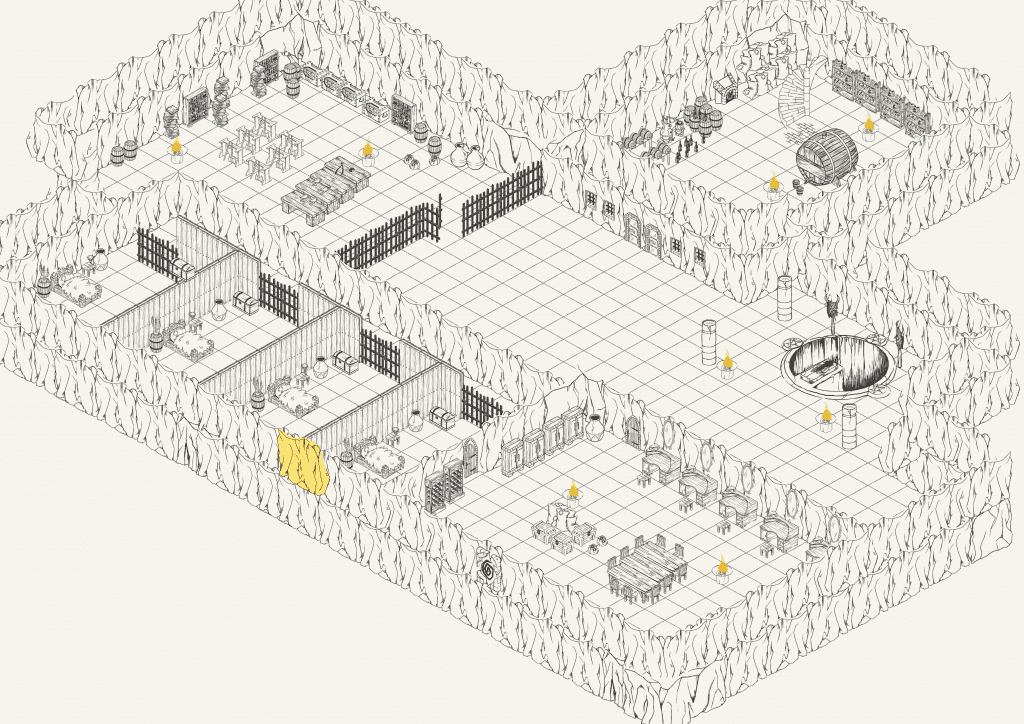
Dungeon Builder
Pros:
- Isometric dungeon maker, which are rare.
- Nice variety of options for walls, floors, door textures, as well as things like stairs and some nice tokens.
- All the tokens are hand drawn by one of the two owners of the platform.
Cons:
- Pay attention to the layers, as the pieces can overlap very strangely on each other, making it a bit of a pain to fix.
- Definitely doesn’t translate to roll20 or any other VTT program.
- The program is a download, which takes up room on your computer, and tends to crash, at least in my experience with it.
Price:
I only worked with the demo, which is pretty robust for a free download. The actual program costs 59 Euro. If you are really going for it, you can get the License, for published works, for 199 Euro
This M.C.Escher-style dungeon builder takes a bit of getting used to, mostly because of the perspective, but it’s pretty fun. There are a lot of variations in the tiles you get, which makes the map look hand drawn, though it’s mostly black and white. I used this a while ago, and it was a little clunky. They recently had a successful kickstarter, and its much smoother, with a better UI, and even added DM tools, so you can actually “play” the map. This feature, however, leaves a LOT to be desired. It’s a downloaded software which makes it move a bit faster and doesn’t max out your internet. (92.6MB)
Build your isometric dungeons now!
 Wonderdraft
Wonderdraft
Pros:
- One of the most fun and easy to use world map builders.
- Very easy to customize, including how rocky or smooth you want your coast lines to look.
- Topographical adjustments
- Great for world/continent building, but also can be used to build cities or forest maps
- This does work with the Surface, with support for drawing tools, which is nice
Cons:
- Works ok with Roll20 and other VTT programs, though not the best.
- Not cheap, but is very versatile.
Price:
- Price is $30, and it is a download.
Wonderdraft is great! I have used it a bunch of times for my homebrews, as a way to show my players where they are relative to other towns, forests, caves, etc. It also looks great, really captures that “ancient map” look. The trail or “path” markers are very cool, with a large handful of different patterns, so you can mark a “foot trail” differently than a “road”, and so on. You can also adjust how straight or varied a path or river is. Basically, it allows you to make your map look like the map of Middle Earth. Wonderdraft has a unique feature of providing different styles of tokens, from pen to ink to pencil, providing different looks for your map.
It also provides some great fonts and label options, including a fine looking legend option, to get that official look, as well as offering a few art pack DLC’s, which are pretty cool as well.
Draft some wonderful world maps with Wonderdraft!
 Inkarnate
Inkarnate
Pros:
- Hands down, one of the best map makers out there, with hundreds of image tokens, lots of paintable colors, and a versatile stamping tool that allows you to adjust the density and frequency of your token stamps.
- Can be used for a world map, town map, or battle map. All depends on the scale you choose.
- Some tokens even have seasonal variations, such as fall and winter.
- A lot of the environmental tokens (such as trees and rocks) have over a half dozen variants, so stamping out a forest with rocks looks extremely natural and random.
Cons:
- Runs on the Inkarnate server, so it’ll work your internet on overtime, but you can also store your map collection, freeing up memory on your computer.
Price:
- Free demo with limited assets to choose from.
- $25/year, or $5 per month, both of which open up a VAST amount of tokens, some of which are in 4k, making it perfect for DM’s with cool TV gaming tables.
Writing a blurb for this is almost too hard. I love this map maker. It looks great, the tokens are beautiful, and have so many variations that you can set to random that when you populate a forest, lets say, it looks very natural. And you can scale your icons, from a tiny rock to a huge boulder. With the purchased program, it adds subtle drop shadows, which look great, as well as providing you with even more tokens! I have at least 30 maps made with this program, all of which are saved on their server, so I can easily access them again. It also translates well to Roll20, or any VTT, pretty damn well.
Check out this very popular map builder here!
Article by Anthony Cafiero
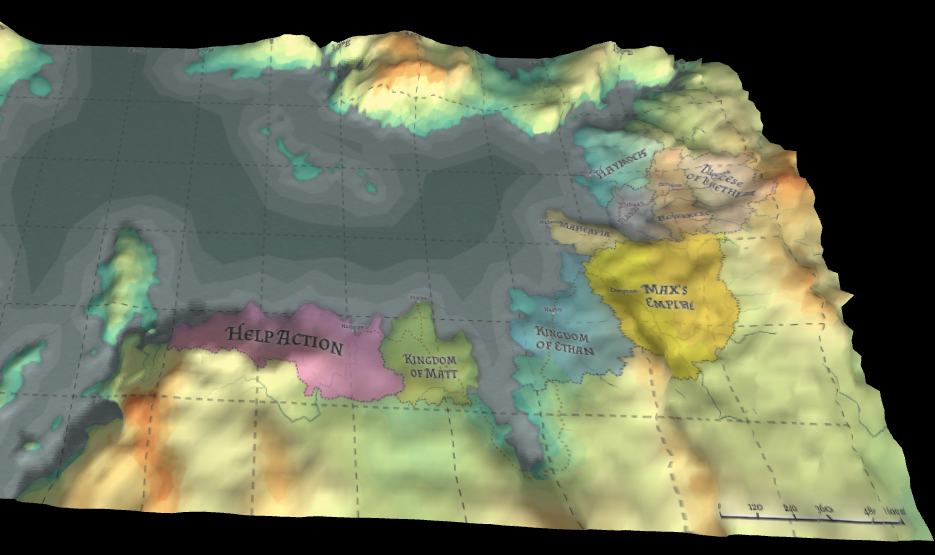
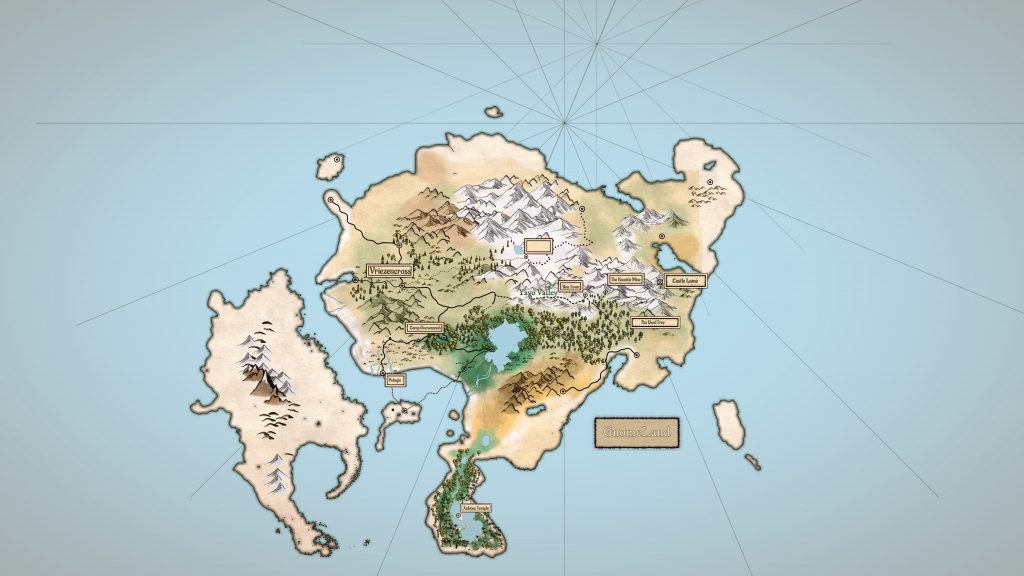 Wonderdraft
Wonderdraft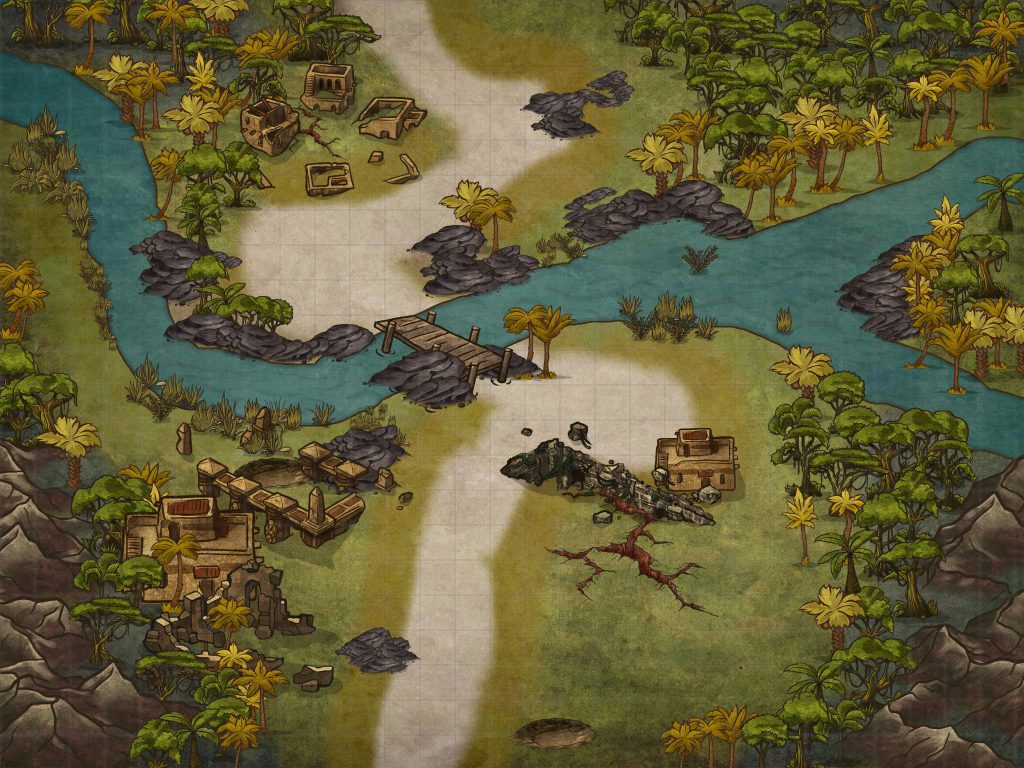 Inkarnate
Inkarnate